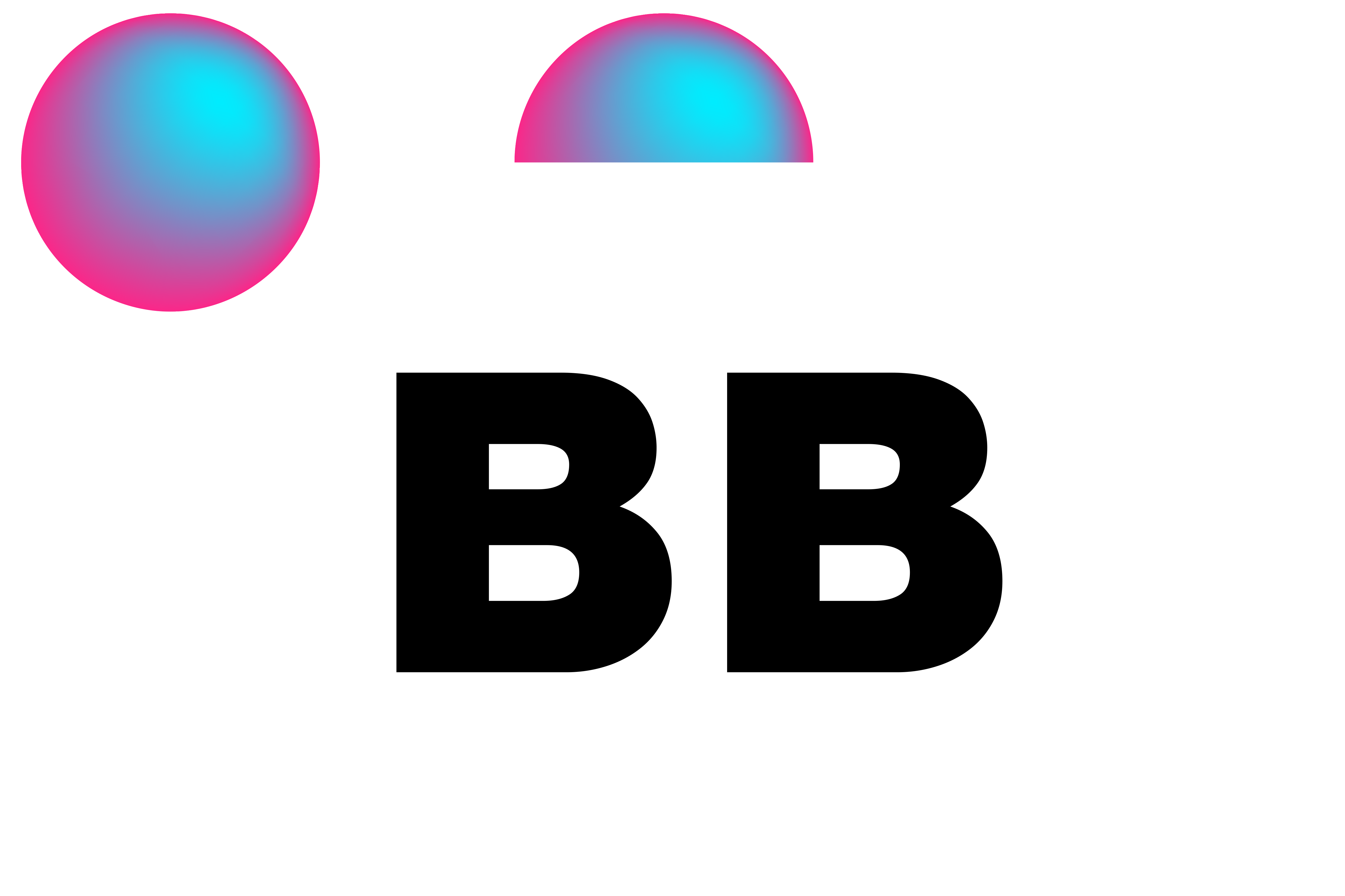The Brutal Faith of Originality
There’s a special kind of madness reserved for anyone trying to create something new and then, somehow, convince the world they should care. It's like building a spaceship out of twigs and ambition, then trying to get clearance at NASA. You know it’s not going to work the way you hope, but you also know you have to try.
Because making art—really making art—means wanting it to matter.
You want it to stand out. You want it to be unmistakably yours. The goal isn't to blend into the noise; it’s to rise above it. To be the one flickering light someone notices from miles away. But here's the catch: the further you drift from what people recognize, the more likely you are to be ignored, rejected, or politely shuffled aside for something safer.
And "safe" isn't why you started creating.
The truth is that originality scares people. It challenges them. It asks them to think, to feel, to rearrange their assumptions. Audiences—even the ones who say they crave innovation—don't always know what to do when you actually hand it to them. They retreat into what's familiar. They hesitate. They wait for someone else to validate the thing before they commit.
And if you don't already have an audience? If you’re just some voice shouting into the void without a megaphone? Good luck.
Originality without a safety net is brutal.
The art world (and by "art world," I mean everything from paintings to indie games to novels to whatever strange hybrid thing you’re brewing in your garage) loves the myth of the genius discovered. But most of the time, it isn’t genius people recognize—it’s familiarity with a twist. Something new enough to be exciting, but familiar enough to feel safe. Break the mold too hard, and you’re not a visionary. You're just incomprehensible.
This is the conundrum.
You can make something that fits. You can study trends, chase algorithms, dissect whatever went viral last Tuesday, and craft something that slides right into the groove of current tastes. It'll be easier to market. It might even work.
But it won’t be yours.
Not really.
The other option is to chase the thing that burns in your brain—the weird, jagged thing that keeps you awake at night—and know that when you finally share it, a lot of people won’t get it. Some will actively hate it. Many more will ignore it.
And still you have to put it out there.
Because here’s the dark, unshakable truth about art: the thing that makes it hard to sell is the same thing that makes it matter.
If you wanted easy, you wouldn't have chosen this life.
Building an audience is the long game. It’s the difference between shouting into a canyon and slowly building a town nearby so that, eventually, someone hears you because they live there now. And once you have an audience—even a tiny, stubborn one—you can get a little weirder. You can take bigger risks. You can color outside the lines because people trust you enough to follow.
Until then, it’s going to feel like you’re losing.
You’ll watch trend-chasers pull ahead. You'll see mediocre art with glossy marketing eclipse your best work. You’ll be told, again and again, to make your work more "relatable," more "accessible," more like the thing that already exists.
And you’ll have to choose: blend in, or dig deeper.
Neither path is easy. Both paths are valid. But they lead to very different places.
The creators I admire most aren’t the ones who played it safe. They’re the ones who made something so stubbornly themselves that the world eventually bent around it. Not overnight. Sometimes not even in their own lifetime. But eventually.
There's a terrible, beautiful kind of faith involved: the belief that the thing you're making has value even when the world doesn’t see it yet.
So how do you market your art when it doesn’t fit neatly into a box?
You tell the truth.
You tell the truth so loudly, so unapologetically, that the people who are meant to hear it can find you. You show up, even when it feels pointless. You keep putting out the weird, wonderful thing only you can make, trusting that resonance travels farther than reach.
The work is the lighthouse. Not everyone is meant to see it. You’re not trying to build a floodlight that blankets the whole coastline; you’re trying to build a single beam that cuts through the fog for the right ship.
And yes, it's slow. It’s agonizing. There are days when you’ll want to smash the whole thing into pieces and start over with something easier.
But if you started this because you needed it to be real—because you needed it to be yours—then nothing else will do.
Your art is already a beacon. Even if no one’s seen it yet.
Keep building.
Keep shining.
They’ll find you.
